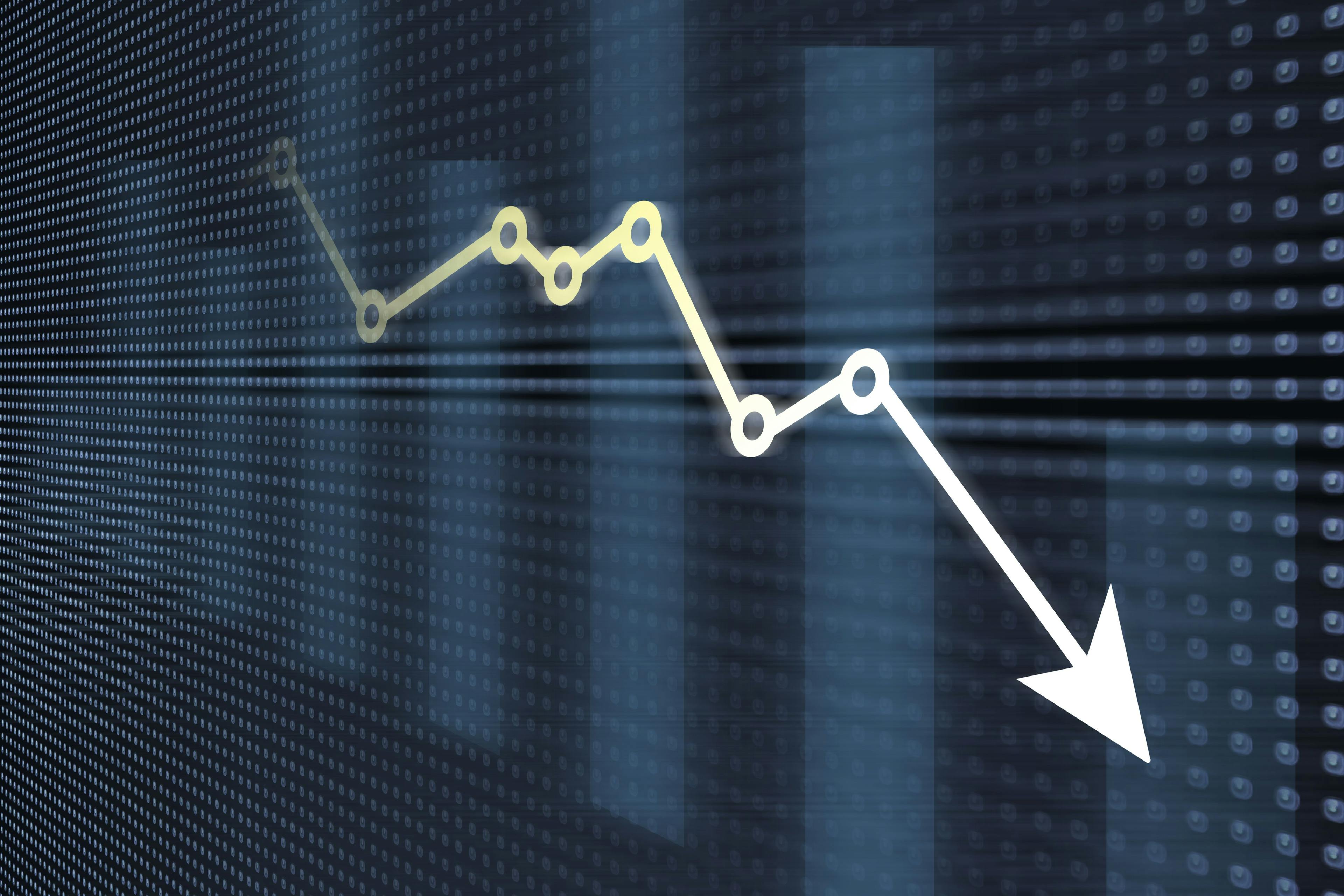- Acne
- Actinic Keratosis
- Aesthetics
- Alopecia
- Atopic Dermatitis
- Buy-and-Bill
- COVID-19
- Case-Based Roundtable
- Chronic Hand Eczema
- Chronic Spontaneous Urticaria
- Drug Watch
- Eczema
- General Dermatology
- Hidradenitis Suppurativa
- Melasma
- NP and PA
- Pediatric Dermatology
- Pigmentary Disorders
- Practice Management
- Precision Medicine and Biologics
- Prurigo Nodularis
- Psoriasis
- Psoriatic Arthritis
- Rare Disease
- Rosacea
- Skin Cancer
- Vitiligo
- Wound Care
Publication
Article
Dermatology Times
Number of Physician-owned Private Practices Saw Major Decline Since 2018
Author(s):
The share of physicians in private practice has dropped below 50 percent.
According a news release, a biennial American Medical Association (AMA) analysis that the share of physicians in private practice fell below 50 percent for the first time since the association began the analysis in 2012.
While data collected by the AMA from 3,500 U.S. physicians last year show that the shift to larger medical practices away from those owned by physicians continues, the rate of the shift seems to have accelerated. It is worth noting, though, the data was collected from September to October and may not reflect the full impact of the COVID-19 pandemic, the release says.
Only 49.1 percent of physicians reported working in a physician-owned practices, a drop from 54 percent in the 2018 survey, the largest two-year decline measured by the AMA. Meanwhile, the percent of physicians working at practices with more than 50 doctors rose from 14.7 percent in 2018 to 17.2 percent, according to the release.
“There are several contributing factors to the ongoing shifts in practice size and ownership that include mergers and acquisitions, practice closures, physician job changes, and the different practice settings chosen by younger physicians compared to those of retiring physicians,” AMA President Susan R. Bailey, MD, says in the release. “To what extent the COVID-19 pandemic was a contributing factor in the larger than usual changes between 2018 and 2020 is not clear. Physician practices were hit hard by the economic impact of the early pandemic as patient volume and revenues shrank while medical supply expenses spiked. The impact of these economic forces on physician practice arrangements is ongoing and may not be fully realized for some time.”
Other findings of the survey are:
- Employed physicians make up 50.2 percent of all doctors, a 2.8 percent drop from 2018; while self-employed physicians made up 44 percent, a 1.9 percent drop from 2018.
- Nearly 40 percent of physicians work either for a hospital or at a practice at least partially owned by a hospital.
- In a first for the survey, 4 percent of respondents reported working at a practice owned by a private equity firm.
- 53.7 percent of physicians work in a practice with 10 or less doctors.
- Most respondents work in practices structured as limited liability companies, 27.8 percent, and S corporations, 24.7 percent.

Newsletter
Like what you’re reading? Subscribe to Dermatology Times for weekly updates on therapies, innovations, and real-world practice tips.






























